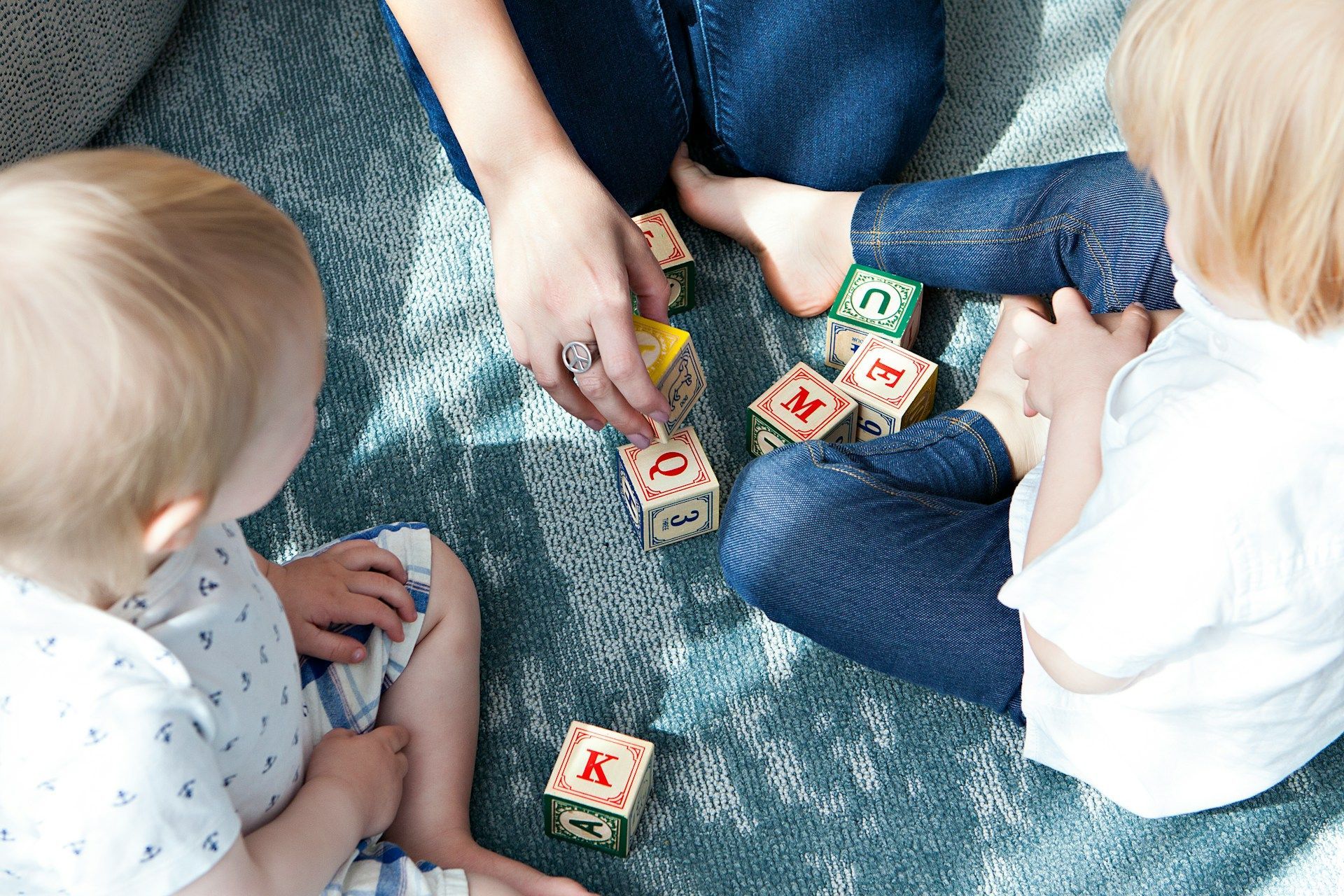Charlotte Couples Therapist Shares About Couples Communications
When communicating with the one you love seems impossible

People who come to me for couples counseling often describe the problem that brings them to therapy, in part if not all, as “we just can’t communicate!”
Our attachment style influences how we relate to our partners and how we handle communication with them. Attachment styles are a result of early attachment-based interactions with our primary caregivers. They are also affected by our temperament, personality, and the social support we have experienced.
Attachment style informs many aspects of our lives, including how we view ourselves and how much we trust others to show up for us and meet our needs. Therefore, our attachment style influences how we communicate with our partners in respect to how hesitant, confident, or guarded we may be in expressing our needs and what we expect from them. Simply recognizing our attachment style and that of our partner can help us understand how we perceive one another’s actions and communicate the way we do.
Attachment style can be either secure or insecure. Having a secure attachment style doesn’t mean you’re perfect or you don’t experience relationship problems. However, a person with a secure attachment style likely feels safe enough to take responsibility for their mistakes and failings and seeks healthy ways to manage conflict. In terms of insecure attachment styles, the two main types are
anxious and
avoidant.
The anxious attachment style
People with anxious attachment styles often worry about their feelings being a burden. Their most significant vulnerabilities or fears are separation, being alone, or abandonment. They
tend to need to talk things out when upset and quickly jump to conclusions about their relationships. In times of distress in the relationship, people with an anxious attachment style might perceive their partner as selfish or self-centered and feel stuck in a one-sided relationship in which their needs are not being taken care of in the way they are taking care of their partner’s. As a result, they often go to great lengths to ensure their partner is aware of their emotional needs not being met by being overly critical.
If your partner has an anxious attachment style, it might be helpful for you to:
- Make eye contact and use body language that conveys that you are attentive, engaged, and responsive during a conversation with them.
- Show interest and curiosity about what your partner is saying.
- Give your partner a chance to talk about their feelings.
- Offer your partner reassurance both spontaneously and when prompted.
- Share things about you and your feelings. Not knowing how you feel or where things stand is very unsettling for a partner with an anxious attachment style.
The avoidant attachment style
Partners with an avoidant attachment style often think they cannot give what their partners want from them, such as physical affection, closeness, or emotional intimacy. When upset, avoidant partners need alone time to calm down; they tend to unconsciously pull away or be defensive in times of relational distress. They often reject their partner’s attempts to talk about the issue and attribute the relationship distress to their partner or external circumstances. They also tend to avoid conflict at all costs and do not communicate their wants and needs.
If your partner has an avoidant attachment style, it might be helpful for you to:
- Listen more and talk less. You want the conversation to be a dialogue and not a monologue; if you find yourself in a monologue, you have already lost your partner in the conversation.
- Give your partner time to process their feelings and thoughts.
- Don’t be intrusive with your questions or insist that your partner needs to share with you how they are feeling right then and there. Instead, let them know they can reach out to you when they are ready to talk.
- Put your feelings aside in the moment and lead the conversation with more vulnerable and softer feelings to encourage your partner to open up. Starting a conversation with anger, criticism, and blame is very counterproductive.
- Don’t blindside your partner with several unresolved issues you have been holding onto. Instead, bring up one problem at a time and resolve that issue before moving on to the next one.
Understanding attachment styles and how they shape and influence your romantic relationship can help you make sense of your behavior, your partner’s behavior, and some of the communication struggles you may face as a couple.
If you recognize an insecure attachment style in either yourself or your partner, it’s essential to know that although attachment styles tend to be consistent, they are not fixed. Therefore, it is possible to make adjustments and develop a more secure attachment style as an adult. Toward that end, therapy can be invaluable, whether working with your partner in couples counseling or one-on-one with an individual therapist.
MA, LMFT, LCMHC (NC), LPC (SC)
Licensed Marriage and Family Therapist
Licensed Clinical Mental Health Counselor (NC)
Licensed Professional Counselor (SC)
Certified Emotionally Focused Couples Therapist
Certified Clinical Telemental Health Provider
Certified Prepare/Enrich Facilitator
National Certified Counselor
sharon@bareitercc.com
704-334-0524



